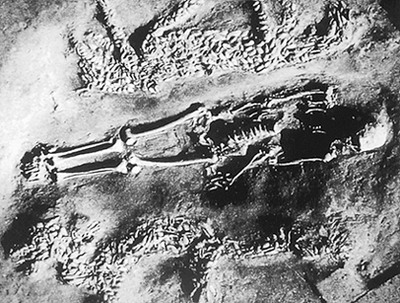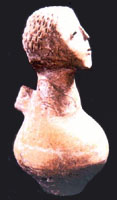
The Yangshao culture spans from -4800 to -2000 BC. Excavations carried out in the village of Banpo, near present-day Xi'an, have uncovered a Neolithic city inhabited by a population living on the banks of rivers.
The five main phases of the Yangshao culture, differentiated by the type of pottery, are: Banpo, between -4800 and -4200 in the central plain.
Miaodigou, between -4000 and -3000 succeeding Banpo
Majiayao, between -3300 and -2000 in the provinces of Gansu and Qinghai
Banshan, between -2700 and -2300, succeeding Majiayao
Machang, between -2400 and -2000
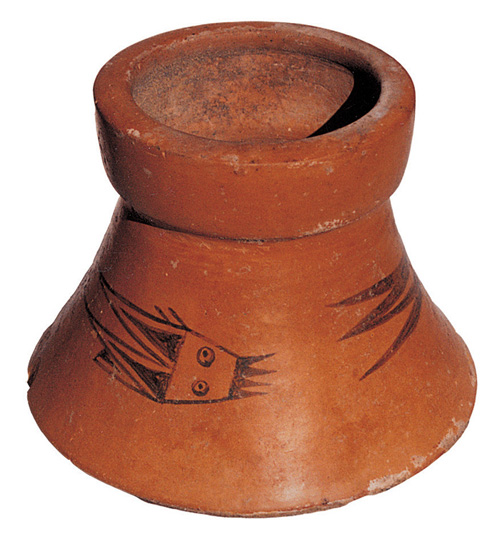
The shapes of Yangshao culture ceramics are not very diverse: they are variants of pot-bellied pots (guan), basins (pen), and amphora-shaped bottles (ping). Yangshao pottery is mainly modular ceramics, although the carefully smoothed coating skillfully conceals the material of the container.
The inhabitants of the Yangshao culture painted ornaments on their ceramics. Specialists have called them painted pottery in contrast to the black pottery of the cultures to the east and southeast.
The red ceramic vases, painted in dark colors, are adorned with animal motifs, fish, frogs and toads, deer and birds, as well as fish mixed with human effigies or masks. The artisans also favored geometric figures such as triangles or ribbons.
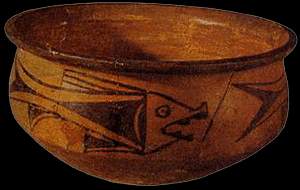
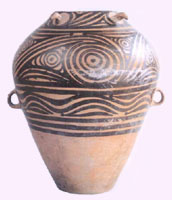

The mask motif was identified in three distinct sites in slightly different forms, on basins of the pen type, storage jars with wide shoulders, and amphorae with pointed bottoms of the Yangshao culture. It has not reappeared anywhere else.
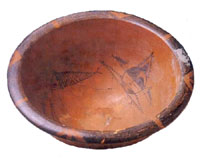
Another tomb (Xishuipo) of the Yangshao culture revealed to archaeologists a decorative element that is subsequently considered a symbol of fertility: the dragon. This is the oldest recorded representation of a dragon, a mosaic of shells arranged on the floor of the tomb to the east of the deceased. To the west is the mosaic of a tiger.
